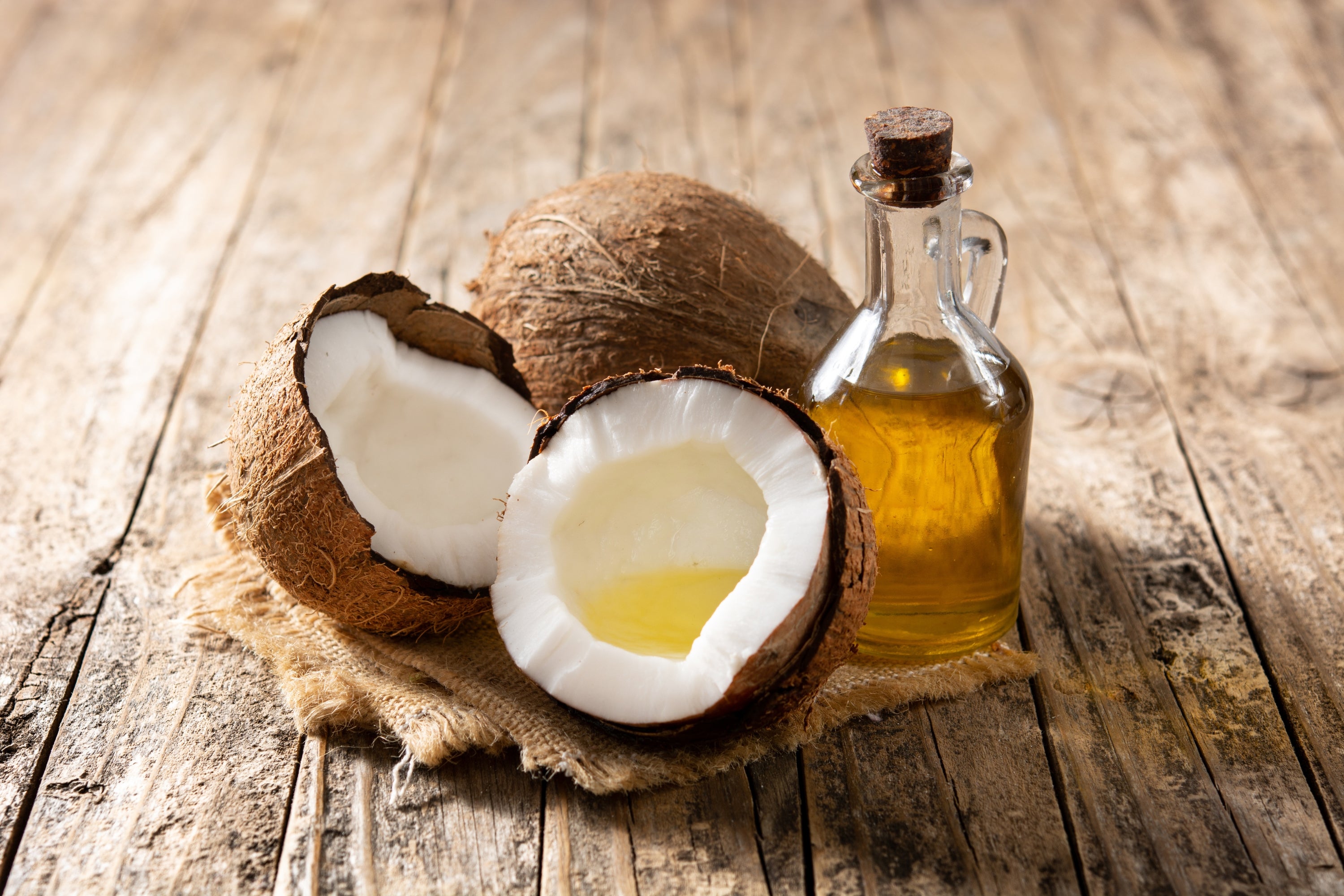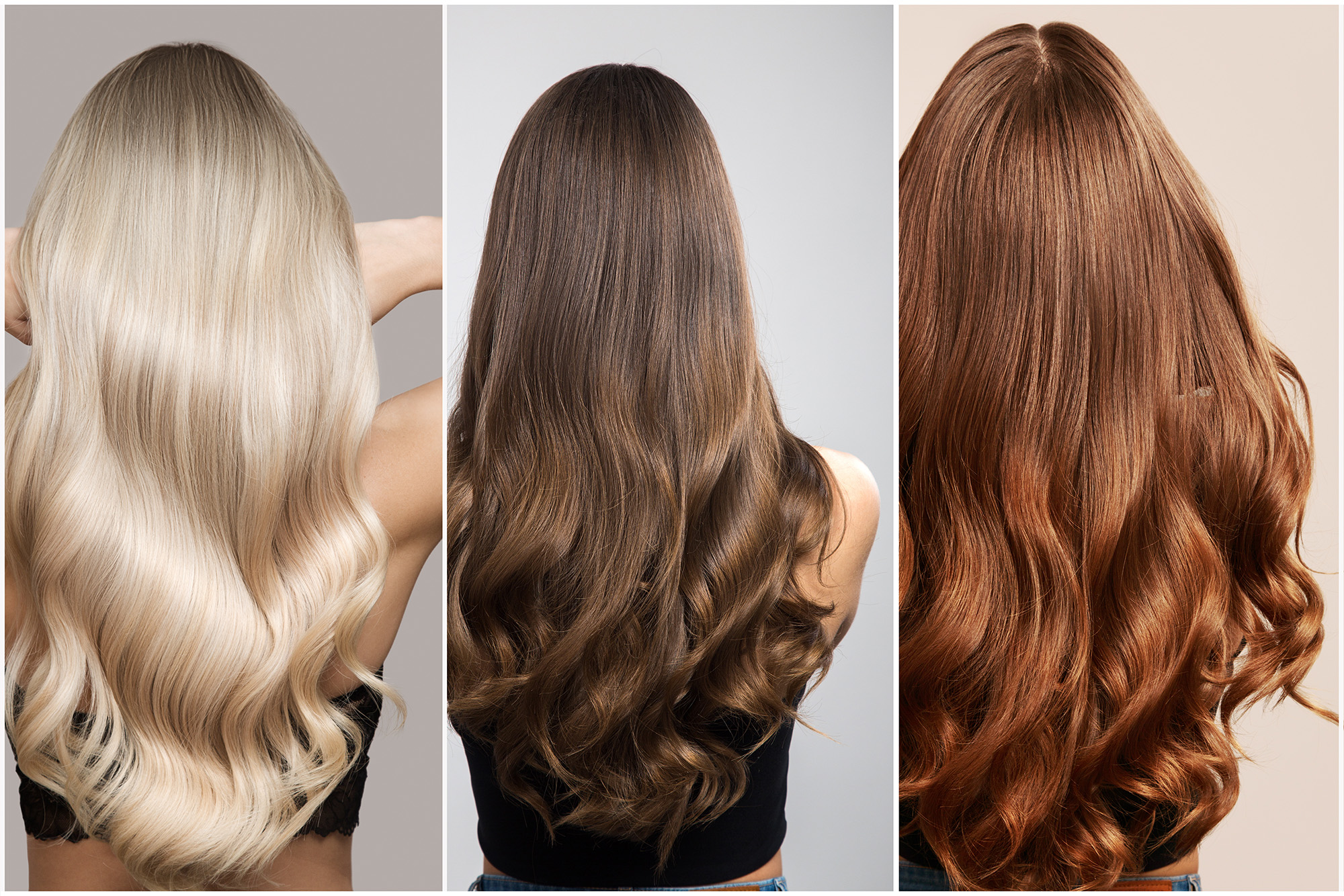How to Maintain Your Hair Color: Top Tips for Long-Lasting Results
Maintaining vibrant hair color can be a challenge, especially if you’re investing in professional dye jobs or using at-home hair color kits. From avoiding color fade to managing damage, there are several strategies you can employ to ensure your color stays fresh and radiant for as long as possible. Whether you’re a blonde, brunette, or redhead, these top tips will help you preserve your hair color and keep your locks looking salon-fresh.
1. Choose the Right Shampoo and Conditioner
Why it’s important:
Using the right hair care products is crucial for maintaining your hair color. Harsh shampoos can strip away color and natural oils, leading to faster fading. Look for shampoos and conditioners specifically designed for color-treated hair, as they are formulated to be gentle and protect your color.
.png)
Tips for choosing products:
-
Sulfate-free formulas: Sulfates are detergents that can strip away color and moisture. Opt for sulfate-free shampoos to help preserve your color.
-
Color-safe products: Choose shampoos and conditioners labeled as “color-safe” or “color-preserving” to maintain vibrancy.
-
Moisturizing formulas: Color-treated hair can be dry, so use products that provide extra moisture and nourishment.
Using the right hair care products will help lock in your color and keep your hair healthy and hydrated.
2. Avoid Washing Your Hair Too Often
Why it’s important:
Frequent washing can lead to quicker color fade, as water and shampoo can strip away color molecules. Additionally, washing too often can dry out your hair, making it more prone to damage.
Tips for reducing hair washing:
-
Extend time between washes: Try to wash your hair every 2-3 days instead of daily. On non-wash days, use dry shampoo to refresh your hair.
-
Use lukewarm or cool water: Hot water can open the hair cuticle and cause color to leach out. Opt for lukewarm or cool water to help seal in your color.
-
Avoid excessive heat: When drying your hair, use a low heat setting on your blow dryer to prevent color fade.
By reducing the frequency of washes and using cooler water, you’ll help your color last longer and maintain your hair’s health.
3. Protect Your Hair from Sun Exposure
Why it’s important:
UV rays from the sun can cause hair color to fade, especially for lighter shades. Sun exposure can also dry out your hair and make it more susceptible to damage.
Tips for sun protection:
-
Wear a hat or scarf: Protect your hair by wearing a hat or scarf when spending extended time in the sun.
-
Use UV protection products: Look for hair care products that offer UV protection to shield your color from the sun’s rays.
-
Rinse after swimming: Chlorine and saltwater can also affect hair color. Rinse your hair with fresh water before and after swimming to minimize damage.
Taking steps to protect your hair from sun and environmental damage will help preserve your color and keep your hair looking vibrant.
4. Minimize Heat Styling
Why it’s important:
Heat styling tools like blow dryers, curling irons, and flat irons can damage your hair and cause color to fade more quickly. Excessive heat can weaken the hair cuticle, making it more prone to color loss and breakage.
.png)
Tips for heat styling:
-
Use a heat protectant: Always apply a heat protectant spray or serum before using heat styling tools to create a barrier between your hair and the heat.
-
Lower the temperature: Use the lowest heat setting necessary to achieve your desired style, and avoid holding the tool in one spot for too long.
-
Give your hair breaks: Try to limit the use of heat styling tools and allow your hair to air-dry whenever possible.
By minimizing heat styling and using protective products, you can help prevent color fading and maintain the health of your hair.
5. Maintain Regular Touch-Ups
Why it’s important:
Color-treated hair requires regular maintenance to keep it looking its best. Roots and faded color can become noticeable over time, so scheduling regular touch-ups can help you maintain a fresh and even color.
Tips for managing touch-ups:
-
Schedule salon visits: For professional color treatments, schedule appointments every 6-8 weeks for root touch-ups and color refreshes.
-
Use at-home color kits carefully: If using at-home color kits, follow instructions closely and avoid over-processing your hair.
-
Consider temporary solutions: If you need a quick fix between salon visits, use color-depositing shampoos or conditioners to refresh your color.
Regular touch-ups and maintenance will help you keep your color consistent and vibrant, ensuring you always look your best.
6. Deep Condition Regularly
Why it’s important:
Color-treated hair can become dry and damaged, making it more susceptible to color fade. Deep conditioning treatments help restore moisture and strengthen your hair, improving its overall health and resilience.
Tips for deep conditioning:
-
Use a deep conditioning mask: Apply a deep conditioning treatment once a week to nourish and hydrate your hair.
-
Look for color-protecting ingredients: Choose masks that contain ingredients like keratin, amino acids, and vitamins to support color-treated hair.
-
Avoid overwashing: Overuse of deep conditioning products can lead to buildup. Stick to once a week or as recommended by your stylist.
Deep conditioning helps maintain the integrity of your hair and supports the longevity of your color.
7. Avoid Harsh Chemicals
Why it’s important:
Exposure to harsh chemicals can weaken your hair and cause color to fade prematurely. This includes products like chlorine, which can strip color and leave your hair looking dull.
Tips for minimizing chemical exposure:
-
Use clarifying shampoos sparingly: Clarifying shampoos can remove buildup but may also strip color. Use them only when necessary and follow up with a moisturizing treatment.
-
Choose gentle hair products: Avoid products with sulfates, parabens, and alcohol, as they can be harsh on color-treated hair.
-
Rinse after swimming: After swimming in chlorinated pools, rinse your hair thoroughly and use a clarifying shampoo if needed.
By avoiding harsh chemicals and using gentle products, you can help maintain the vibrancy and health of your hair color.
8. Consider Your Hair Type and Color
Why it’s important:
Different hair types and colors may require different maintenance strategies. For example, blonde hair might need more frequent toning, while dark hair may be less prone to fading but more susceptible to heat damage.
.png)
Tips based on hair type and color:
-
Blonde hair: Use purple shampoos or toning products to combat brassiness and maintain a cool tone.
-
Red hair: Red dye can fade quickly, so use color-safe products and consider adding a color-depositing conditioner.
-
Curly or textured hair: Moisturizing and protecting from heat is especially important for curly or textured hair, as it can be more prone to dryness.
Understanding the unique needs of your hair type and color will help you tailor your maintenance routine for the best results.
Conclusion
Maintaining your hair color involves more than just choosing the right dye; it requires ongoing care and attention to keep your color looking fresh and vibrant. By using the right products, reducing washing frequency, protecting your hair from sun and heat, and incorporating regular touch-ups and conditioning treatments, you can ensure your color lasts longer and your hair remains healthy. Implementing these tips will not only help you preserve your beautiful hair color but also promote overall hair health, making sure you always look and feel your best.
LATEST

Last updated: Sep 10, 2024

Last updated: Aug 31, 2024

Last updated: Sep 10, 2024

Last updated: Sep 10, 2024

Last updated: Sep 10, 2024

Last updated: Sep 10, 2024
